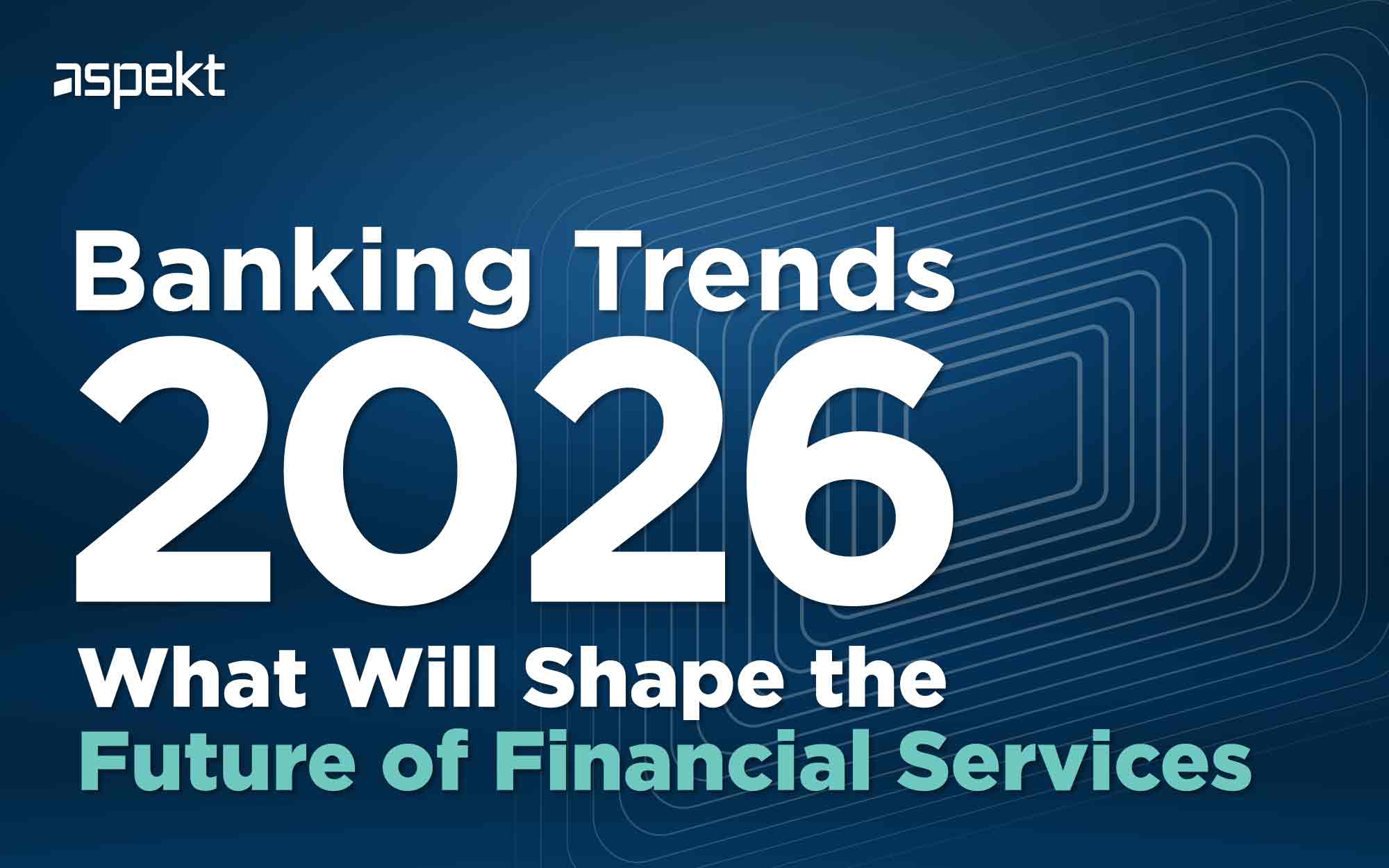In the dynamic landscape of modern industries, AI in banking places the financial sector at the forefront of embracing cutting-edge technologies. Among these, artificial intelligence (AI) has emerged as a transformative force, reshaping traditional practices and driving unprecedented innovation.
Those intelligent algorithm technologies now have the power to impact the traditional banking system in their transformative change. The strategic application of AI in banking – including machine learning, natural language processing, and computer vision – can drive meaningful results for banks, from enhancing employee and customer experiences to improving back-office operations. Furthermore, cost savings connected to the use of AI can be significant.
In this blog, we dig into the remarkable journey of AI, bringing the substantial benefits of how AI tools are transforming the banking and finance domain and exploring how this technology is revolutionizing operations in paving the way for a new era of financial services.
What are the top benefits of AI in banking and finance?

What follows is a list of the top benefits of AI in banking and finance today and a discussion of some of the risks and challenges financial services companies face when using it.
Improved efficiency
AI banking solutions can help banks automate manual processes, such as customer service inquiries and transaction processing, reducing the need for human intervention and increasing efficiency.
By automating processes and improving efficiency, banks can save money on labor costs and reduce the need for physical infrastructure. With the usage of AI tools institutions can analyze vast amounts of data with more accurate risk assessments, allowing them to make better lending decisions.
Reduced operational costs and risks
For many financial institutions, the use of AI in finance presents a scalable way to optimize operations while minimizing costs. The banking business is mostly digital, yet it is also filled with paper-intensive human-based operations. Due to the possibility of human mistakes, banks confront major operational costs and risk challenges in these procedures. Individual workers’ efficiency can be increased via AI. Furthermore, AI lowers labor costs by optimizing capital investment decisions and mitigating predicting risks.
Enhanced customer experience
The most common implementation of AI is in customer support. AI-powered chatbots or conversational assistants are available to clients 24 hours a day, seven days a week reducing wait times and improving overall customer satisfaction.
By developing a deeper understanding of their clients and their behavior, artificial intelligence can also help financial industries anticipate future outcomes and trends. With AI for financial institutions, banks can deliver hyper-personalized services and predictive insights tailored to each client.
Supported by predictive analytics and AI tools like machine learning and chatbots, banks and financial institutions can offer personalized services, providing customers with tailored financial advice and investment recommendations. By having the right offer on the right device in real-time, institutions can deliver highly personalized services and potentially boost their revenues.
Improved fraud detection and regulatory compliance
AI can help banks detect and prevent fraud and money laundering activities, reducing financial losses and protecting customer data. AI-powered algorithms detect patterns and anomalies, making them invaluable in fraud detection and risk management.
By analyzing large volumes of data, AI can identify fraudulent activities, potentially saving companies significant financial losses. Banks and financial institutions use AI algorithms to detect real-time fraudulent transactions. Machine learning algorithms can analyze transaction data and identify suspicious patterns of behavior, alerting banks to potential money laundering activities. Moreover, AI can help businesses mitigate risks by providing real-time insights and predictive analytics that enable proactive decision-making.
AI in banking: Better loan and credit decision-making
Incorporating AI into the banking world enables better loan and credit decisions. Using already accessible data, AI-based loan and credit systems can examine the client’s behaviors and patterns to determine if the person is a suitable credit customer. AI is being used to assess credit risk and predict loan default rates.
As such, AI-powered solutions have become a vital component of companies’ development strategies, helping them remain market competitive. AI is not only empowering banks by automating their skilled workers, but it is also making the whole automation process sophisticated enough to eliminate cyber dangers and competition from FinTech businesses. It is integrated into the bank’s procedures and operations, and it evolves and innovates over time without requiring significant manual involvement.
Artificial intelligence offers many advantages to the banking industry, but some challenges and limitations remain to be considered. These include a lack of data quality, limited human interaction, security risks, full-range regulatory compliance, high cost, ethical considerations, and limited applicability. Banks need to ensure that the benefits of implementing AI outweigh the costs.
AI in banking: To summarize
Artificial Intelligence is transforming the banking sector in numerous ways from fraud detection to customer support. It is revolutionizing the banking sector and offering efficiency, enhanced client services, and profitability. As such, AI is a crucial instrument for banks to thrive in the digital age.
Ready to open up and share your thoughts? Let’s talk!














